This site is part of various affiliate programs. Links may give us a small compensation for any purchases you make, at no additional cost to you. Please read the disclaimer policy for full details.
If you don’t have the time to go through the whole article comparing 20mm vs 24mm lenses, then:
- You can find a plethora of 24mm lenses both as prime or zoom, with different maximum apertures, at different price points.
- You can get your hands on specialty 24mm lenses, like tilt-shift ones. There aren’t many choices like that at 20mm.
- 20mm lenses are wider, and can capture more in the shot. 20mm lenses are better at exaggerating elements that are closer to the camera.
- 20mm lenses, depending on how they are built, can be hard to use with filters.
- Almost all 24mm lenses accept filters one way or another. They have less issues when used with a CPL filter.
- 24mm is a more versatile and simpler lens for general use.
Wide angle lenses are split into two groups: wide and ultrawide. The border between wide and ultrawide lies around 20 mm, whereas wider than 20 mm is considered to be ultrawide.
So, for this comparison, we will be looking at the 20mm vs 24mm focal lengths. In other words, the tightest ultrawide and the most common wide angle.
Landscape photographers, depending on their style, often use either wide-angle lenses, or ultrawide lenses. In other words, they either embrace the distortion or they don’t like it.
Of course there are lenses that avoid distortion as much as possible, but usually they fall on the more expensive end.
Let’s get into it and see what the difference is between 24mm vs 20mm in practice.
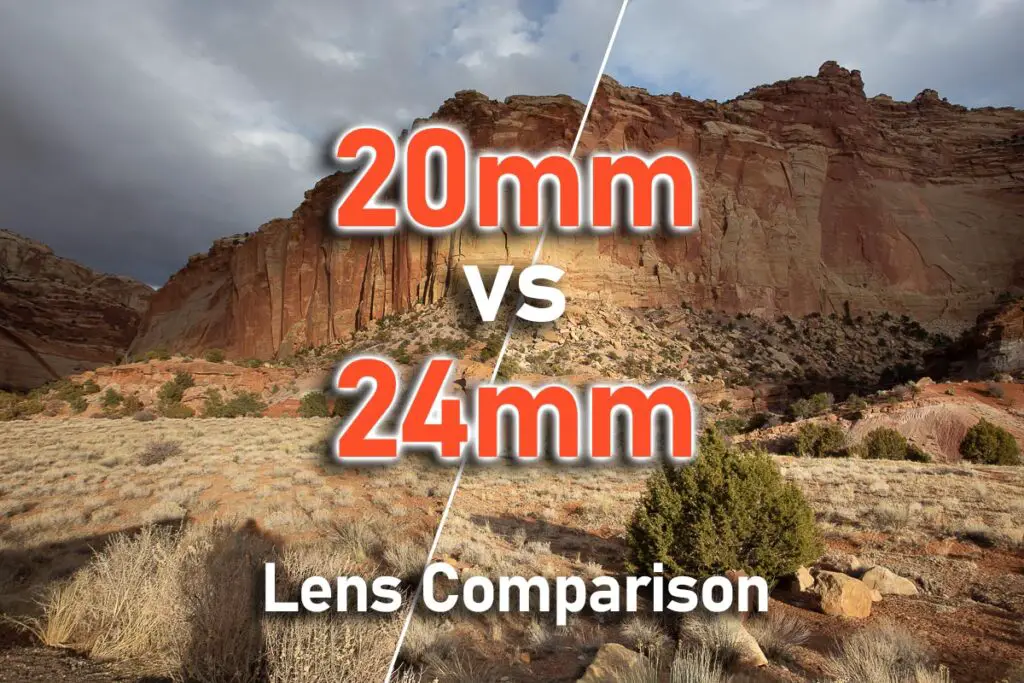
What does a 20mm lens do well?
20mm lenses aren’t found that often in the wild, since it is not that popular a focal length. Just because it’s not that popular, it doesn’t mean that it does not have its own place.
Lens Choices
Even though, not every manufacturer makes a good 20mm lens, most manufacturers, especially third party ones, make a wide variety of 20mm lenses for pretty much every budget.
Sigma has an f/1.4 Art variant of this lens, which is a great choice. A little soft on the edges when wide open, but it works great, when stopped down a little.
Tamron, on the other hand, makes an affordable f/2.8 variant.
Great for Landscape Photography
Landscape shots, especially compositions where you want to exaggerate or put the attention towards the foreground as much as the background, will benefit from a borderline ultrawide lens.
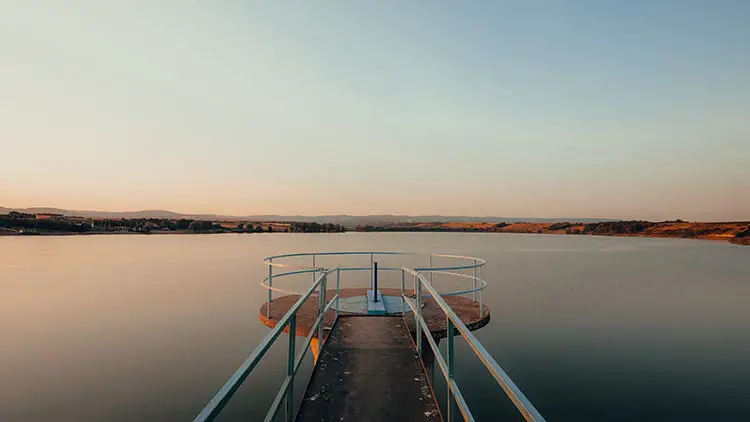
Since at 20mm, you are getting a wider field of view, things that are close to the camera get exaggerated a bit.
With that they become larger than they are, and attract more attention. This exaggeration is exceptionally effective if you shoot vertically, since everything that is further from the center of the image gets exaggerated more.
Of course, if you use filters regularly, you should be careful with circular polarizers. Wider lenses are harder to use with circular polarizers, especially if you want even gradients in the sky.
What is a 24mm lens good for?
24mm is the standard wide angle focal length. You will find a variety of kit lenses that start at this focal length and go up. It is rare to see kit lenses that go wider than 24mm. For example a 24-105mm is a very common full frame kit lens.
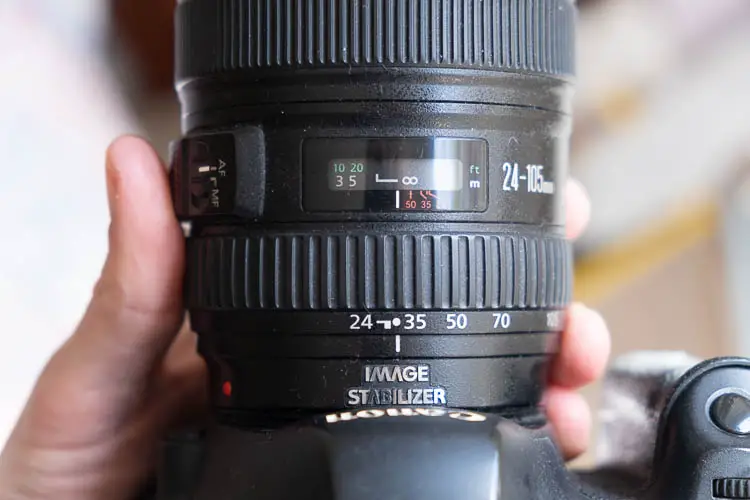
Lens Choices
It is more common to see a 24mm lens attached to the camera of a landscape photographer, and there is a good reason for that.
Most, if not all manufacturers offer at least one 24mm lens. Many of the manufacturers offer multiple 24mm lenses for various budgets and needs.
Moreover you will find specialty 24mm lenses like tilt-shift ones.
Pretty much all manufacturers will offer a high end f/1.4 lens at this focal point, but you can also find quite decent lenses for sub $500 if your budget is tight.
Great for Landscape Photography
The good thing about landscape photography is that you can do it with pretty much any focal length, as long as you are creative.
A 24mm lens is still plenty wide, which means you can capture a lot in your frame. Since it is not an ultrawide lens it will provide a perspective that isn’t too forced, meaning that it will look a bit more natural with less exaggeration.
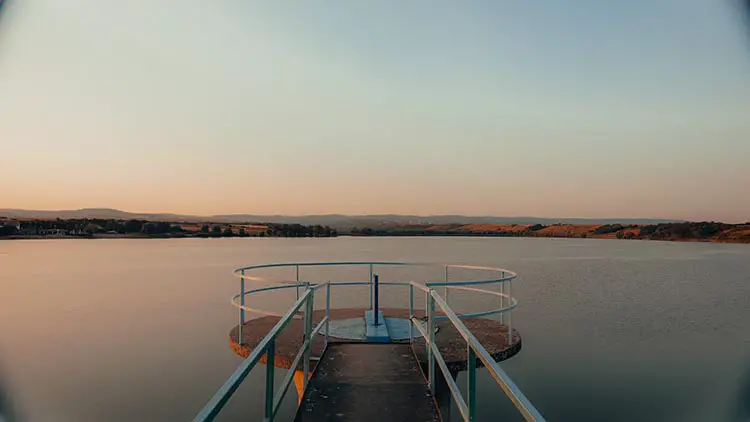
The fact that there are tilt-shift lenses at this focal length means that you can do some creative shots. They will allow you to control the perspective and focal plane in various ways. Meaning that you can create different effects and compositions with lenses like this.
20mm vs 24mm for Landscape Photography
When it comes to landscape photography, there is no “better” focal length, although many of the classic landscape photos were taken with a 24mm lens, rather than a 20mm lens.
The only thing that determines a good landscape photo from a bad one is how the photographer works the scene in combination with the gear they have available.
With wider lenses, you can exaggerate foreground elements more, if that is what you want. With lenses that aren’t that wide, you can have a scene with less distortion.
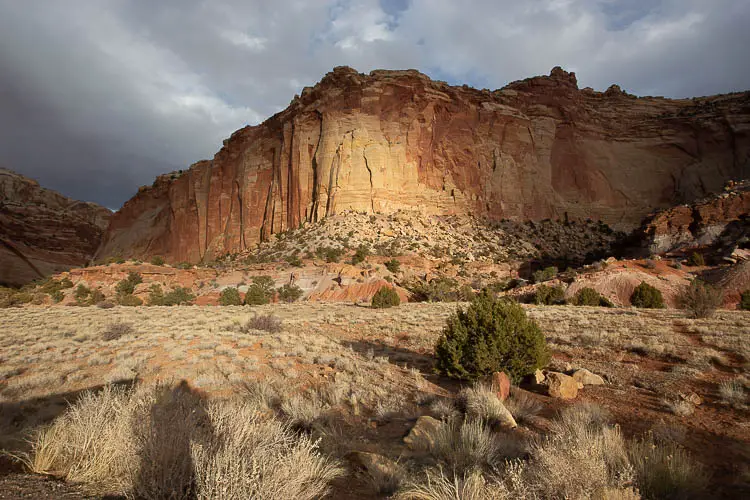
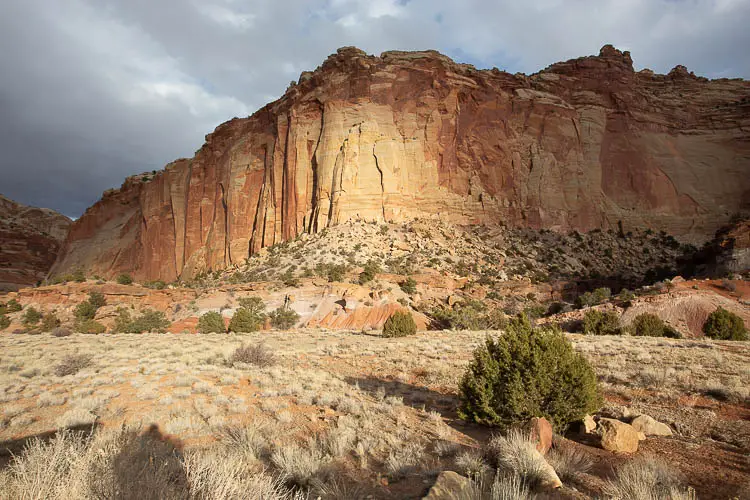
On the other hand, wider lenses get more limited when it comes to filter use, some lenses can’t accept filters at all, which can be a huge disadvantage for the landscape photographer.
If you use a tilt-shift lens, you can produce effects that are hard to mimic with a non-tilt-shift lens. For example, you can move the field of focus to have more things in focus where you need them.
A 20mm will have slightly larger field of focus, meaning that you will get a little more things in focus when you set the lens to the hyperfocal distance. But the difference isn’t that big.
So it is hard to say which focal length is better. Therefore, it will be up to you and your shooting style.
24mm vs 20mm for General Use
For general use, you might find that the 20mm focal length would be too wide. For run and gun situations like travel, or photographing your kids or pets at home, the 24mm focal length would be more suited. It will distort faces less, and it will allow you to have a little distance between you and your subject.
On the other hand, a 20mm lens will work great with a high resolution camera, since you can always crop in afterwards, giving you the freedom of having two compositions with one shot.
But if you have to pick one, the 24mm focal length seems like a better choice. Easier and cheaper to obtain, it is included in most full frame kit lenses, and it does a great job for both landscape and general use.
FAQs
Which is better 20mm or 24mm?
24mm is a better focal length, as it is less subject to distortion and is generally cheaper. 20mm lenses can be very useful for astrophotography or landscape photography though, due to their surprisingly much wider field of view which can help to capture the foreground. Take a look at the example photos to see this in action.
What is a 20mm lens good for?
A 20mm lens is best for landscape photography, or anything where you want to cover a wide area that also includes a lot of foreground. It is less good for portrait photography as it introduces too much distortion.
Is 20mm good for street photography?
20mm is good for wider street photography where you want to capture the environment and several people in the frame at once. Because it is so wide, you do not have to point your camera directly at someone to get them in your picture, which is better for candid street photography. It is not good for closeup street portraits, as it causes too much distortion.
Read More:






Leave a Reply